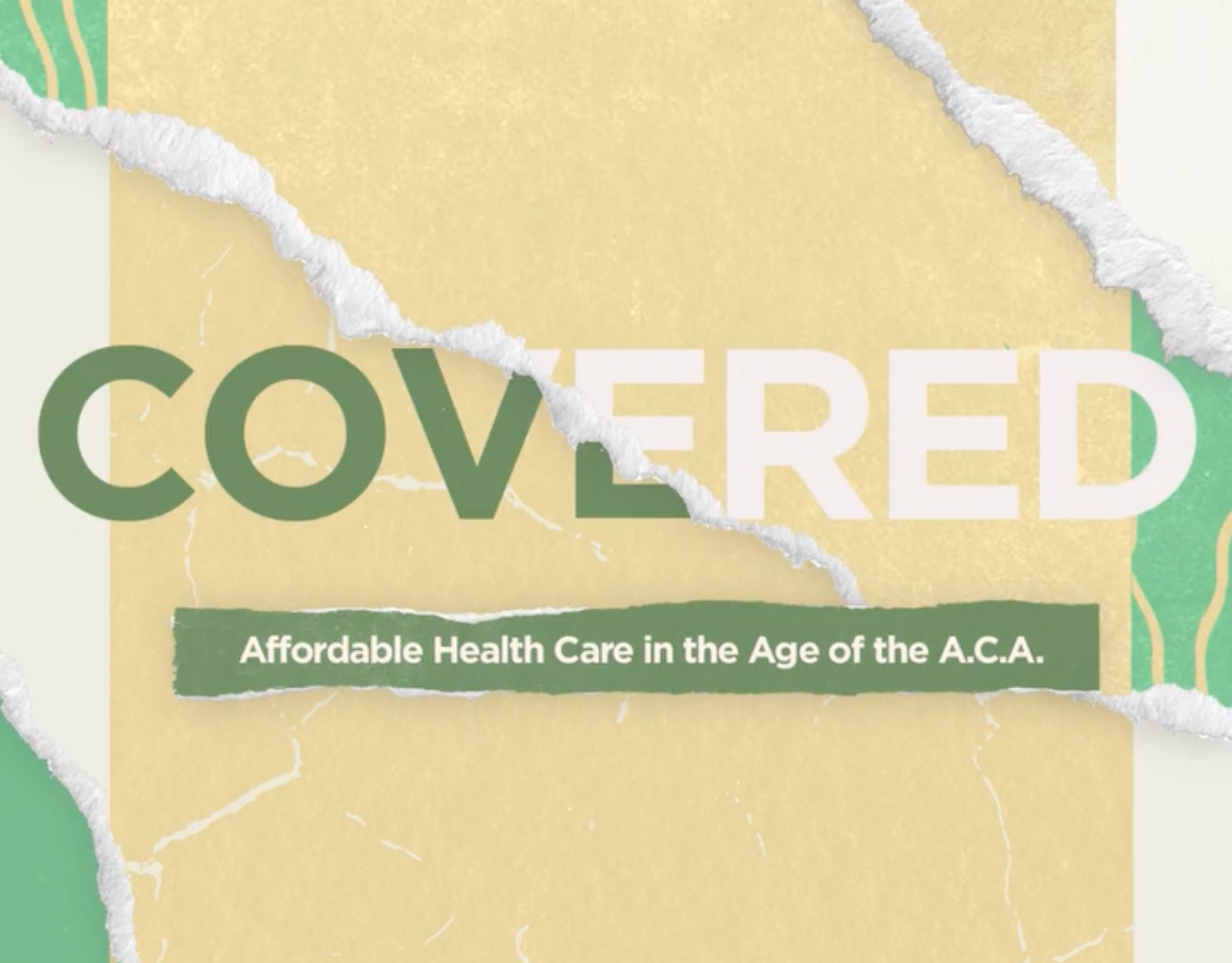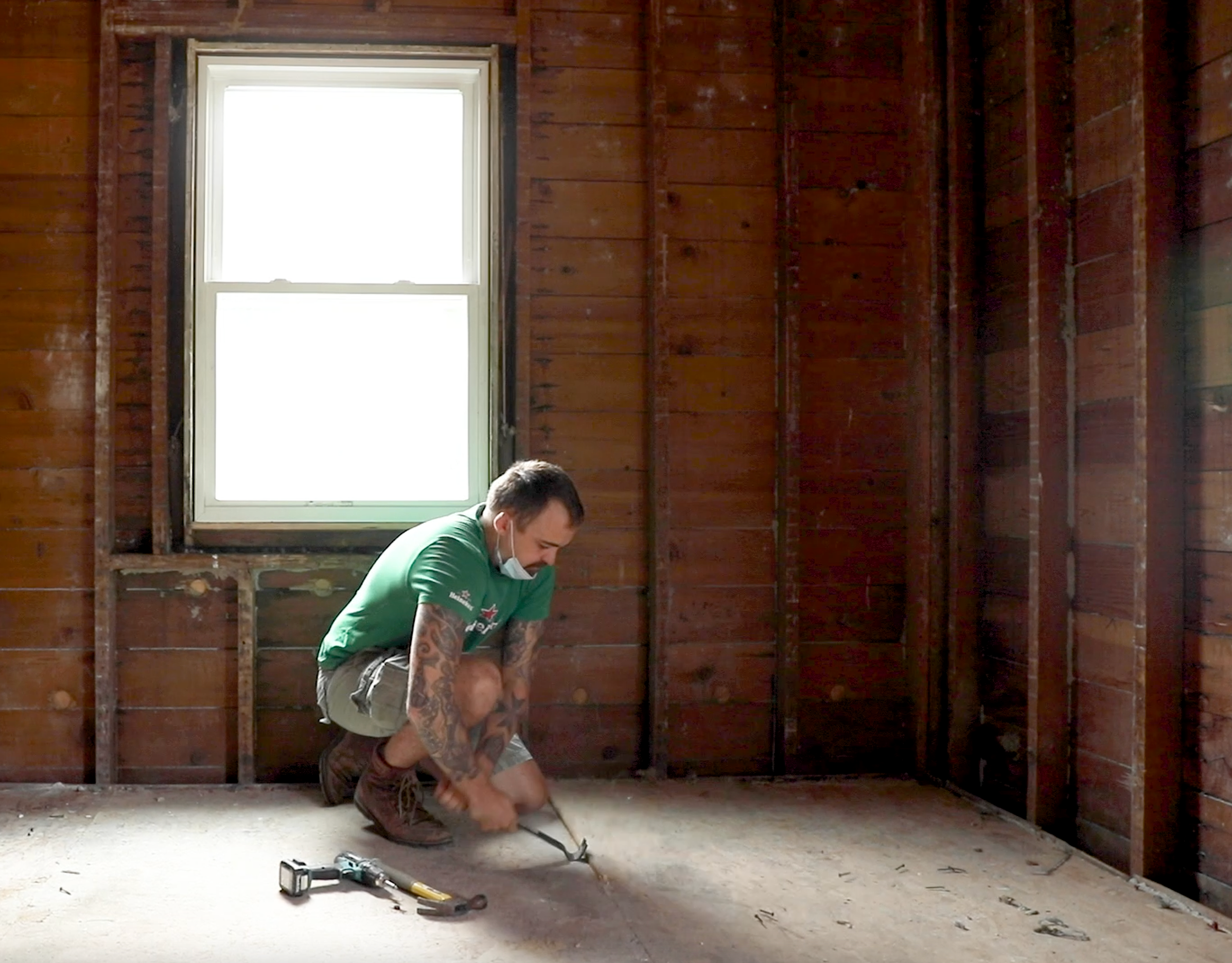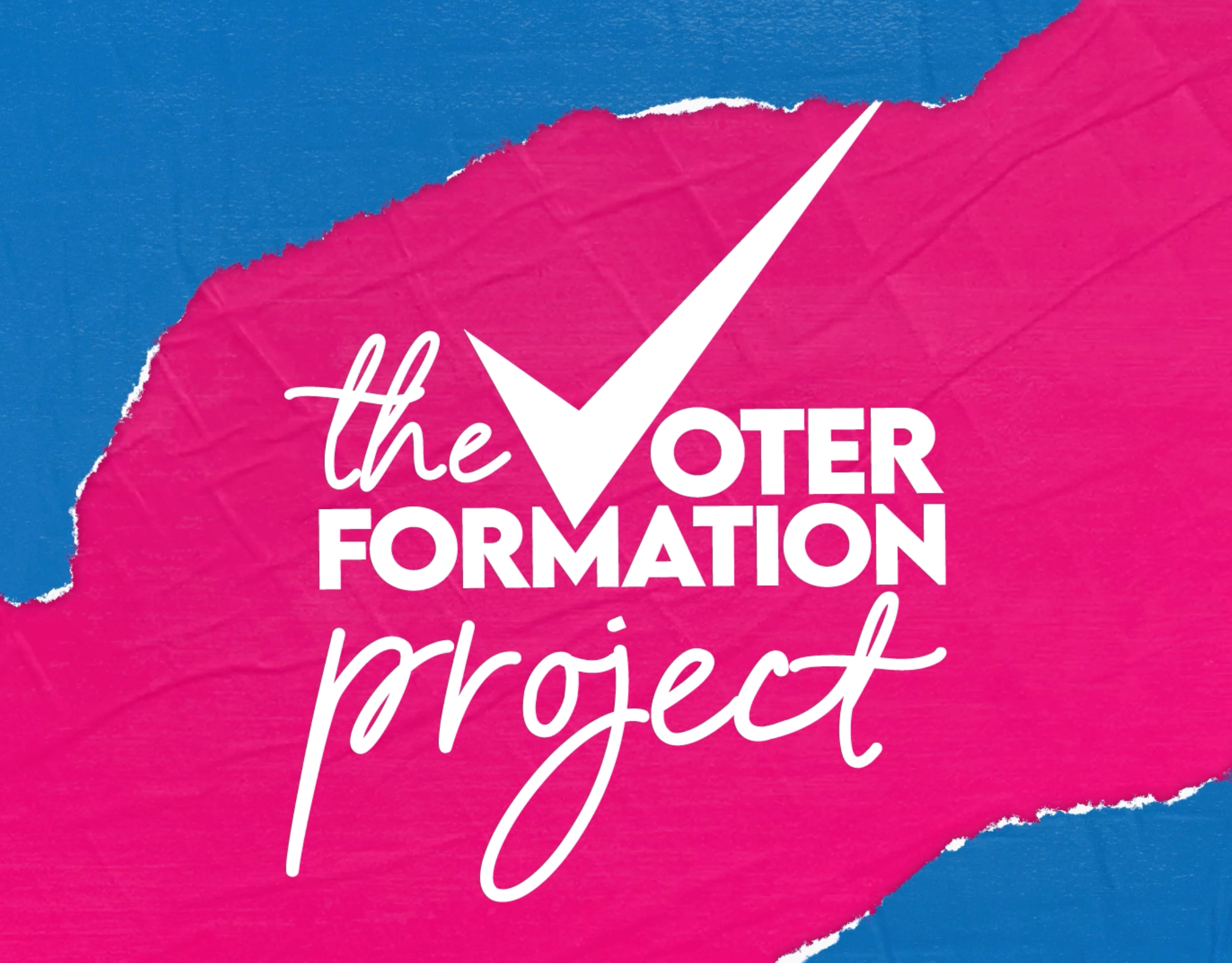This award-winning documentary film focuses on the history and current impact of redlining in the United States, focusing on the specific case of Omaha, Nebraska to show how this practice continually affects and harms people and cities across the nation. To do so, the film uses a collection of interviews with individuals who are experts on the topic, either through their profession, their lived experiences, or both.
Redlining, which officially began in 1934, designated specific areas of cities to receive financial support and excluded other areas, targeting them for disinvestment and decline. This targeting reflected a long history of racism. These disfavored redlined neighborhoods were overwhelmingly populated by people of color. The resulting disinvestment exacerbated pre-existing education, health, housing, economic, and criminal justice disparities. While redlining as government policy was ultimately banned in 1968, the harmful impacts are clear to this day and many of the informal practices continue.
Yet most Americans do not know what 'redlining' means, much less its powerful and persistent implications. This lack of understanding about redlining skews many Americans' perceptions of various socioeconomic disparities past and present. This film aims to build awareness of the historical context that precipitated redlining, and the ways redlining’s effects are still felt to this day in the lives of many.
Redlining, which officially began in 1934, designated specific areas of cities to receive financial support and excluded other areas, targeting them for disinvestment and decline. This targeting reflected a long history of racism. These disfavored redlined neighborhoods were overwhelmingly populated by people of color. The resulting disinvestment exacerbated pre-existing education, health, housing, economic, and criminal justice disparities. While redlining as government policy was ultimately banned in 1968, the harmful impacts are clear to this day and many of the informal practices continue.
Yet most Americans do not know what 'redlining' means, much less its powerful and persistent implications. This lack of understanding about redlining skews many Americans' perceptions of various socioeconomic disparities past and present. This film aims to build awareness of the historical context that precipitated redlining, and the ways redlining’s effects are still felt to this day in the lives of many.
To learn more, please visit divisibledoc.com
Below is a teaser for the film.
In addition to my main roles as Director, Producer, and Cinematographer, I also created the animations. Below are a few examples of some of these animations and motion graphics.
The images below were taken in Omaha, NE, during the first 3 weeks spent filming there.
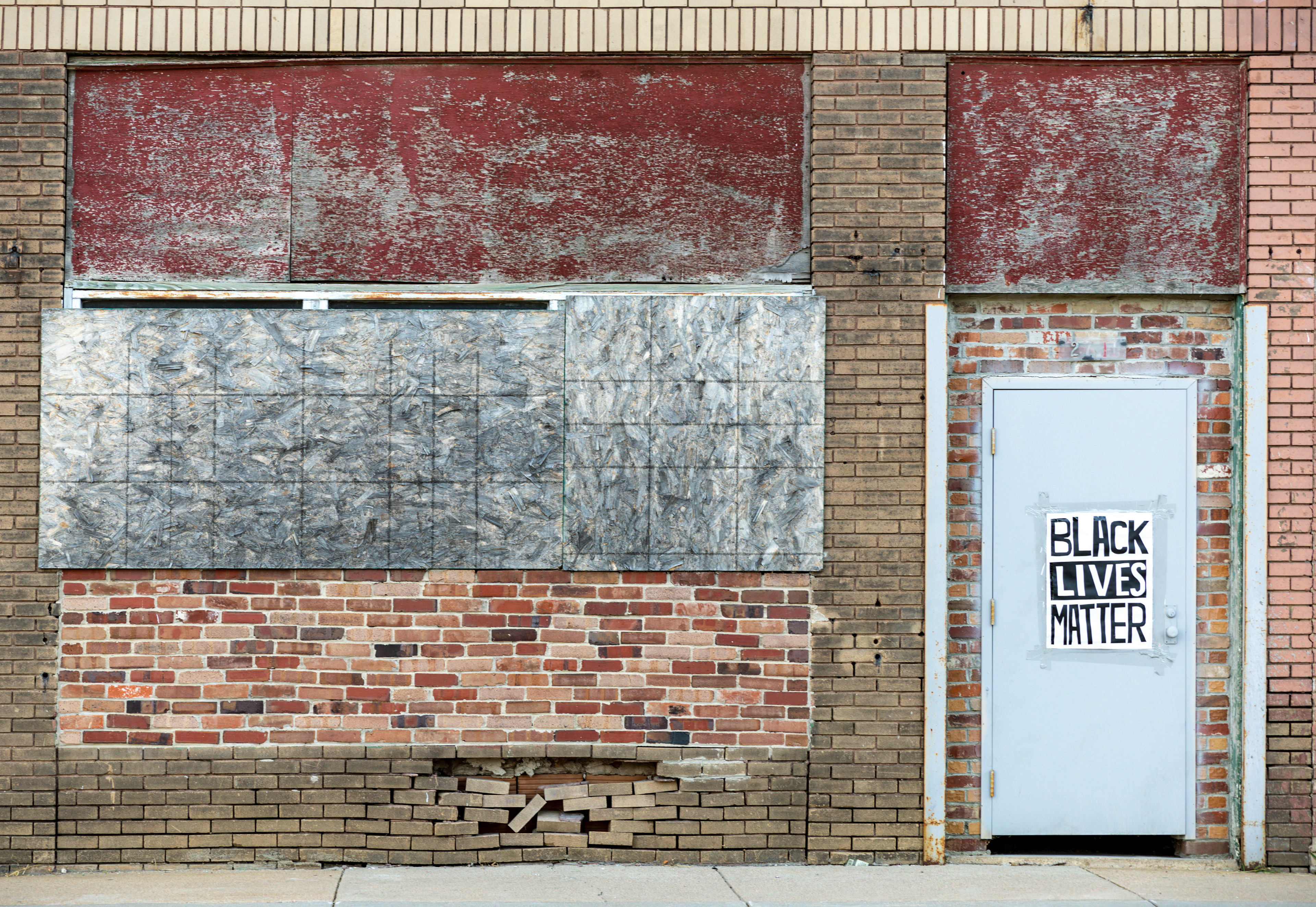
North Omaha, considered the inner-city of Omaha, is populated mainly by people of color (who make up 71% of the areas residents), as opposed to the city as a whole, where people of color are less than 27% of the overall population.
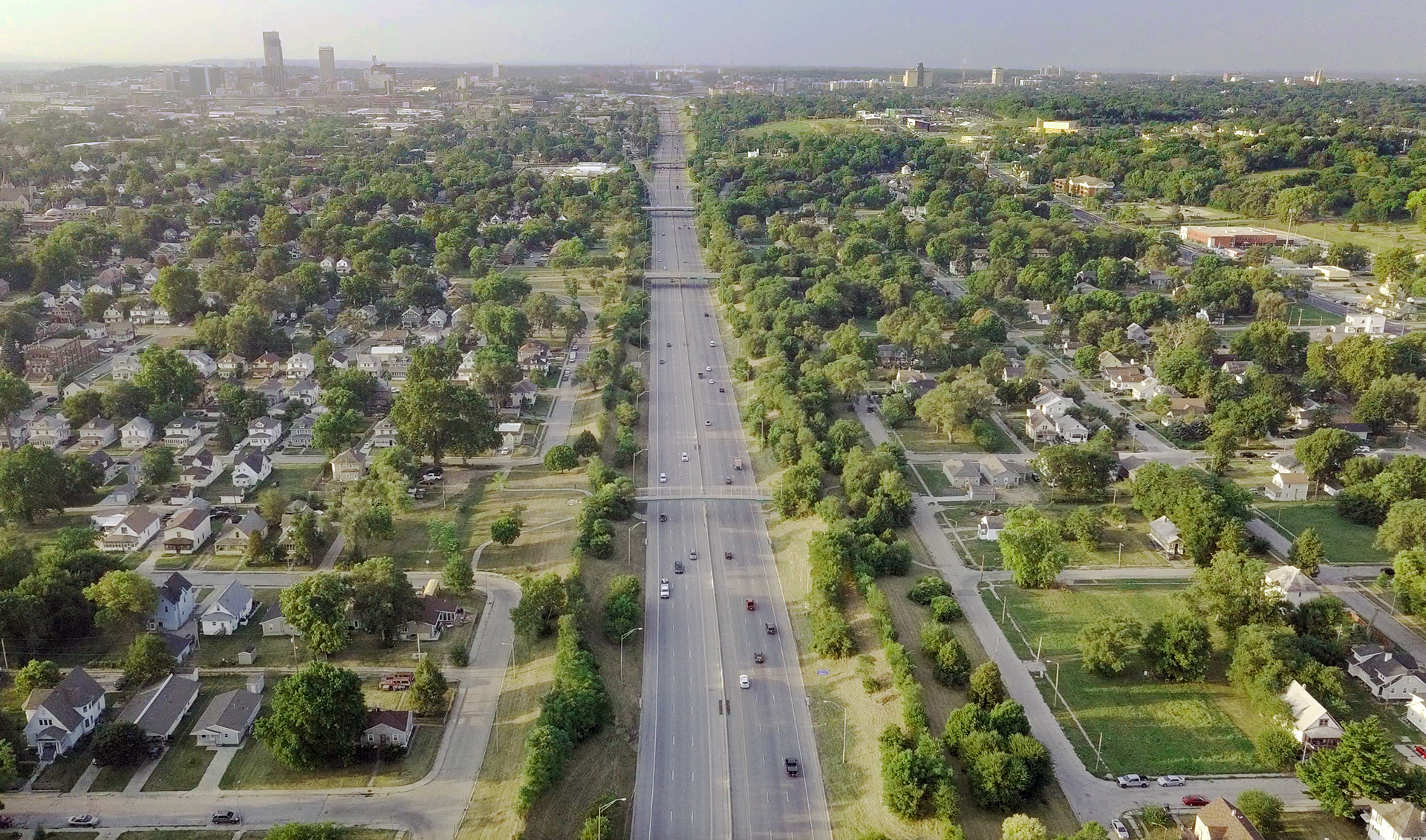
In every major city across the country, highways and interstates rip through Black and brown communities, severing the social fabric and economic lifeline of many of these areas. Highway 75, pictured, was constructed through the heart of the Black community in Omaha, splitting the existing neighborhood in half, displacing 1,100 households and nearly 3,000 people. That population still has not been recovered, the effects of which have reverberated throughout the makeup socioeconomic of the area.
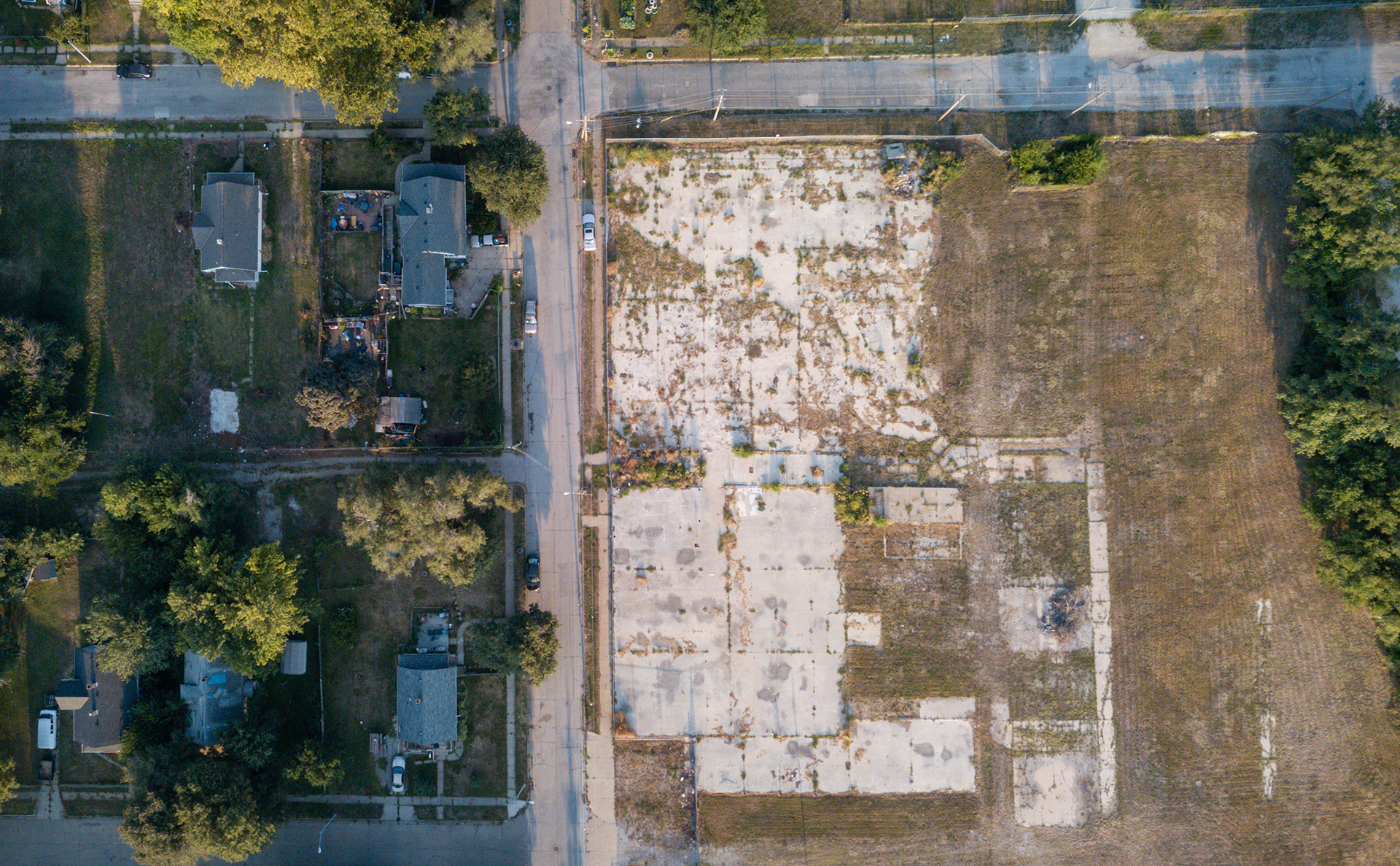
24th & Lake Street is the most famous historic district in North Omaha, once called the "Black Wall Street" of the midwest. Residents who grew up here recount a thriving, integrated business district, surrounded by homes and families of varying backgrounds. However, following decades of redlining policies and disinvestment in the area, this historic district today has over 100 vacant lots, surrounded by foreclosed and dilapidated homes.

Approximately fifteen miles westward lies West Omaha, the most affluent part of the city. Overwhelmingly populated by white residents, this geographic region is less densely populated and has a median household income $24,000 higher than the city average.

Most residents of West Omaha live in single-family homes, with the average home valued at nearly $300,000 - over $100,000 higher than the city average. "West O", as referred to by some locals, is home to the largest number of shopping malls, restaurants, amenities, health care institutions, and private schools in the city.
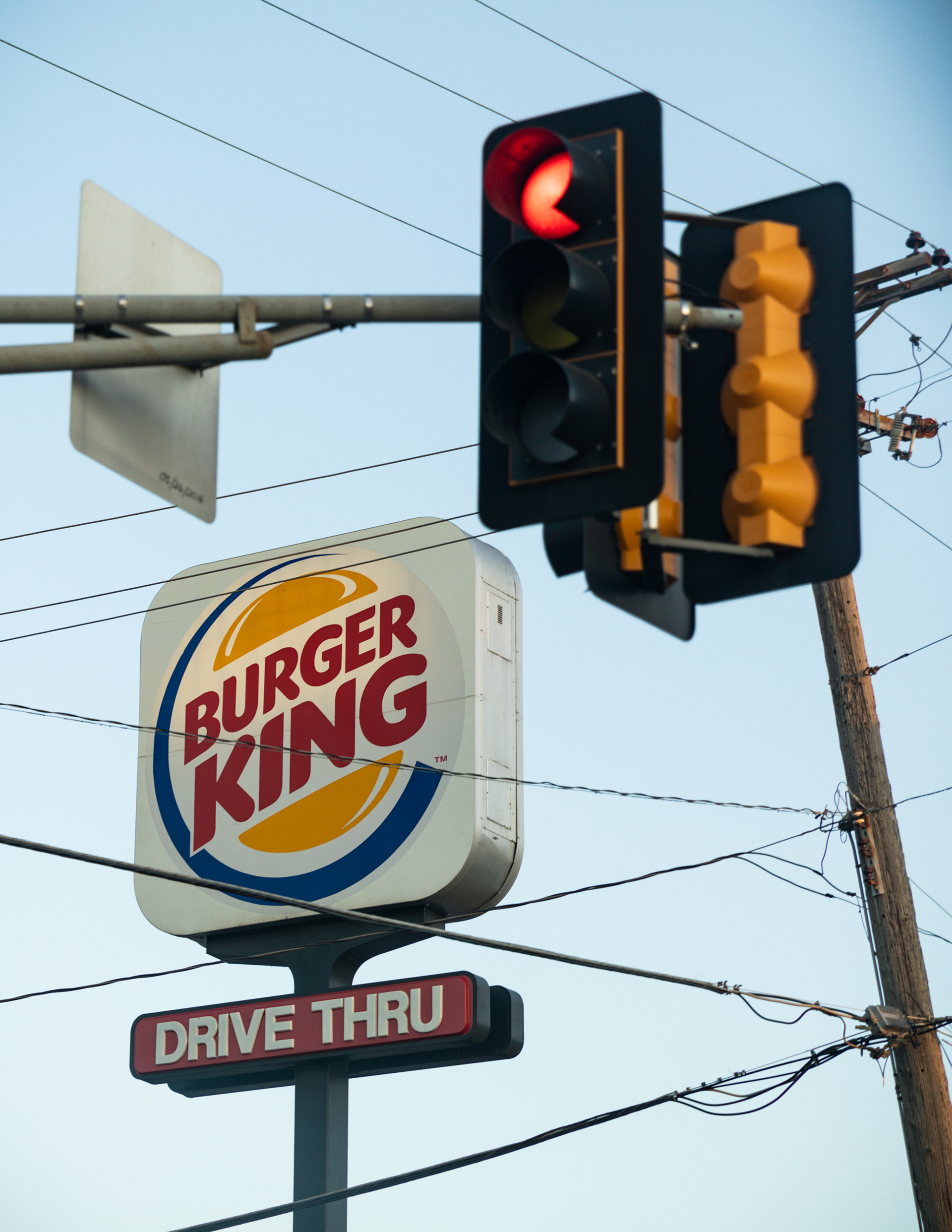
While North Omaha is not officially recognized as a food desert, the reality for most of its residents indicates otherwise. Fast food options severely outnumber health food options in North Omaha. Residents must either drive long distances or take inefficient public transport several miles from their homes to obtain fresh produce and healthy meal options for their families.
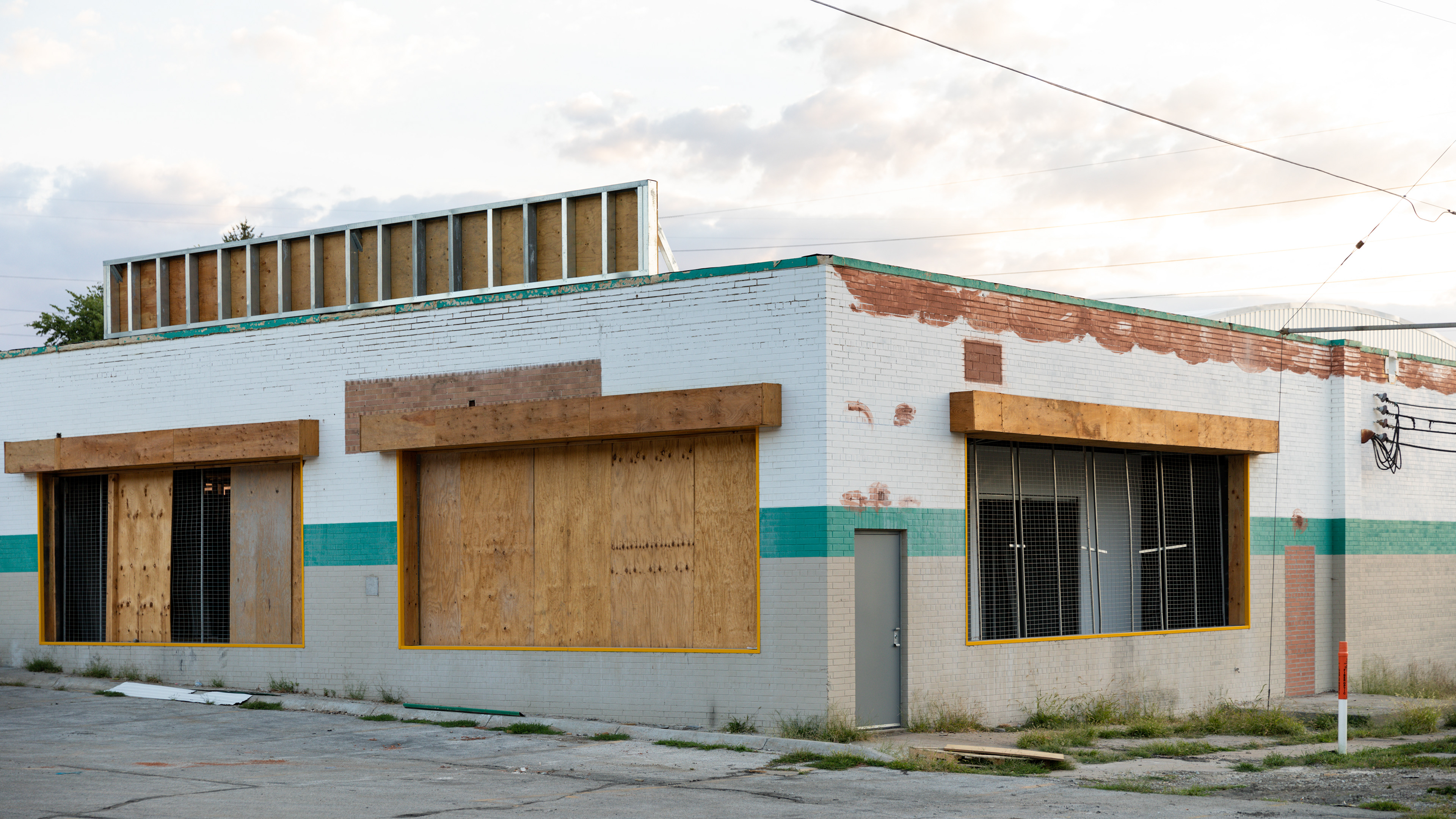
North Omaha is home to small, locally owned, and independent businesses. While some of these locally owned businesses have been able to sustain themselves throughout purposeful geographic disinvestment, many businesses have had to close their doors due to economic hardship.
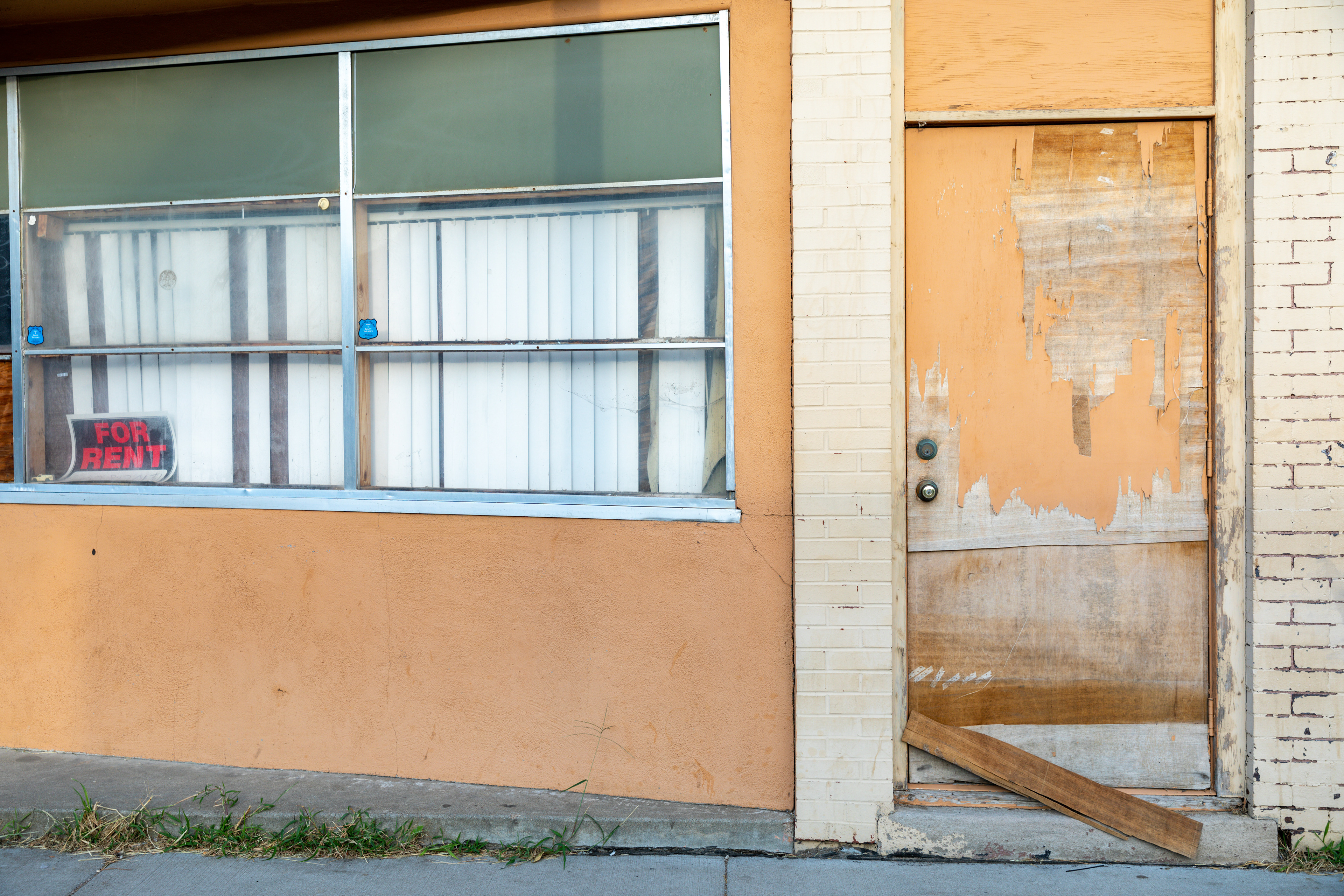
North Omaha is home to small, locally owned, and independent businesses. While some of these locally owned businesses have been able to sustain themselves throughout purposeful geographic disinvestment, many businesses have had to close their doors due to economic hardship.
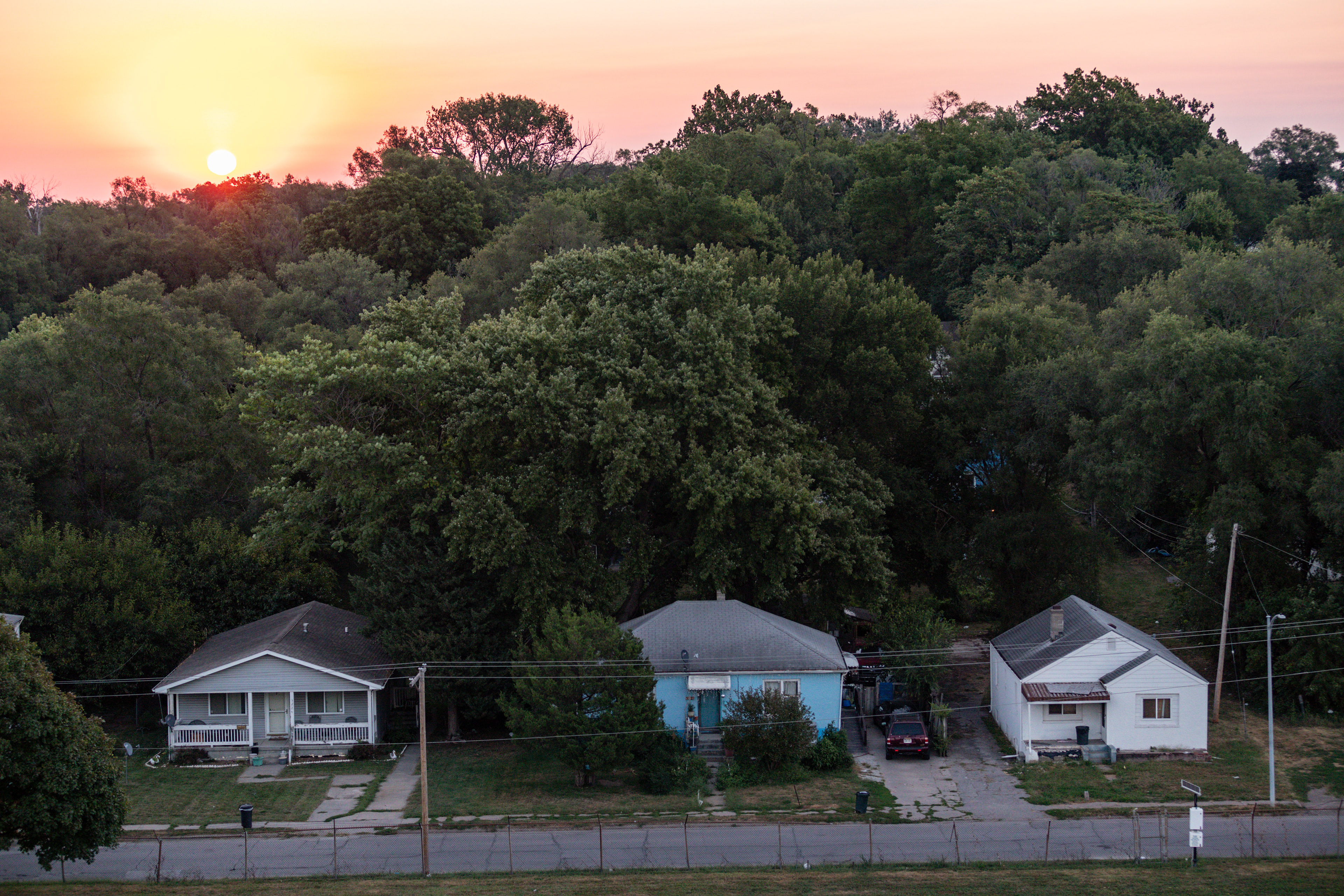
One out of three Black families in Omaha live in poverty. A majority of those families are located in North Omaha.

Basketball is a cultural staple throughout North Omaha. In North Omaha, most courts are made of concrete, which is harder on joints than the indoor wooden courts often found in West Omaha.
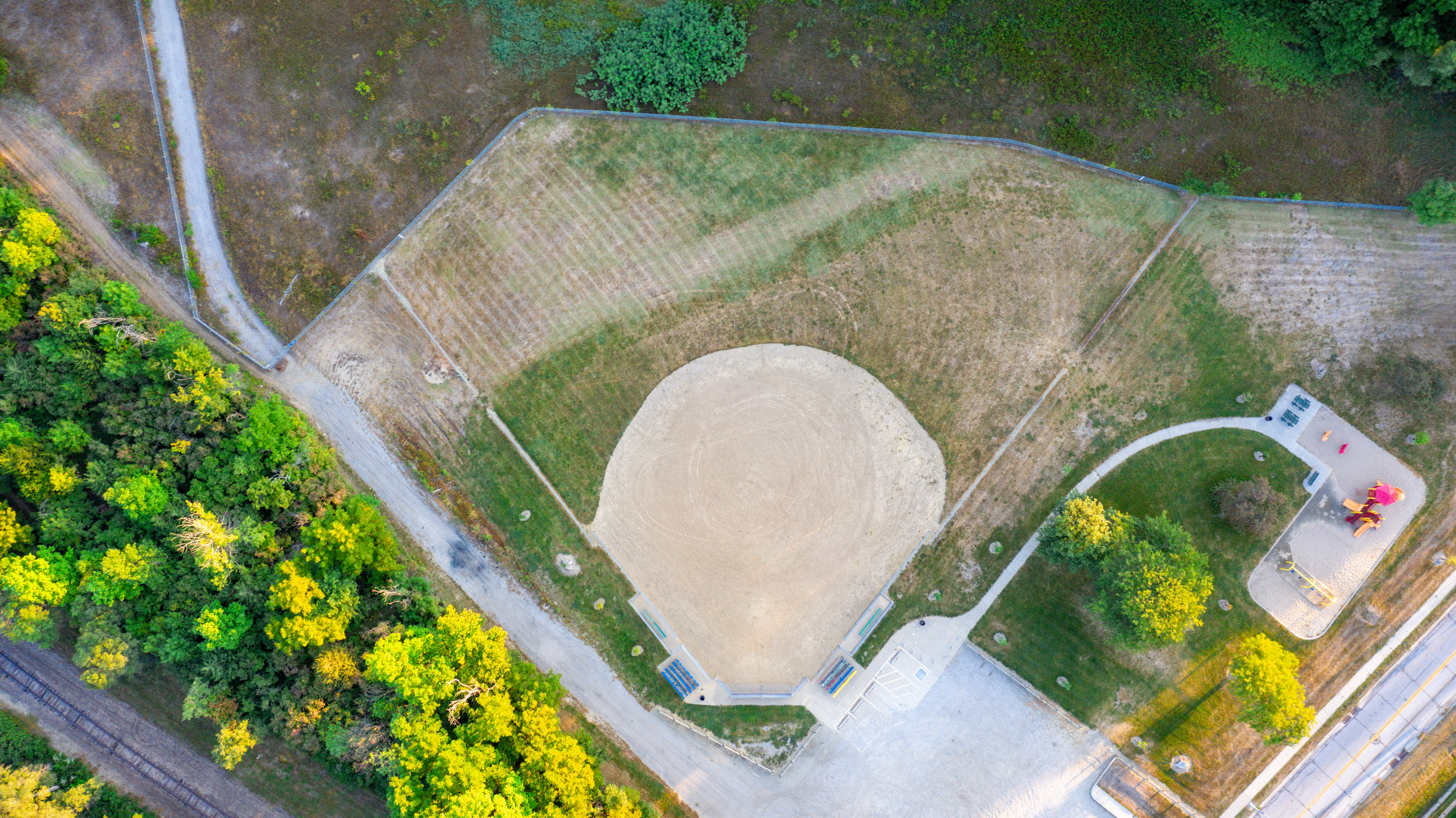
While basketball courts are the most common form of outdoor recreational facilities in North Omaha, one can find a few baseball fields and tennis courts as well.



